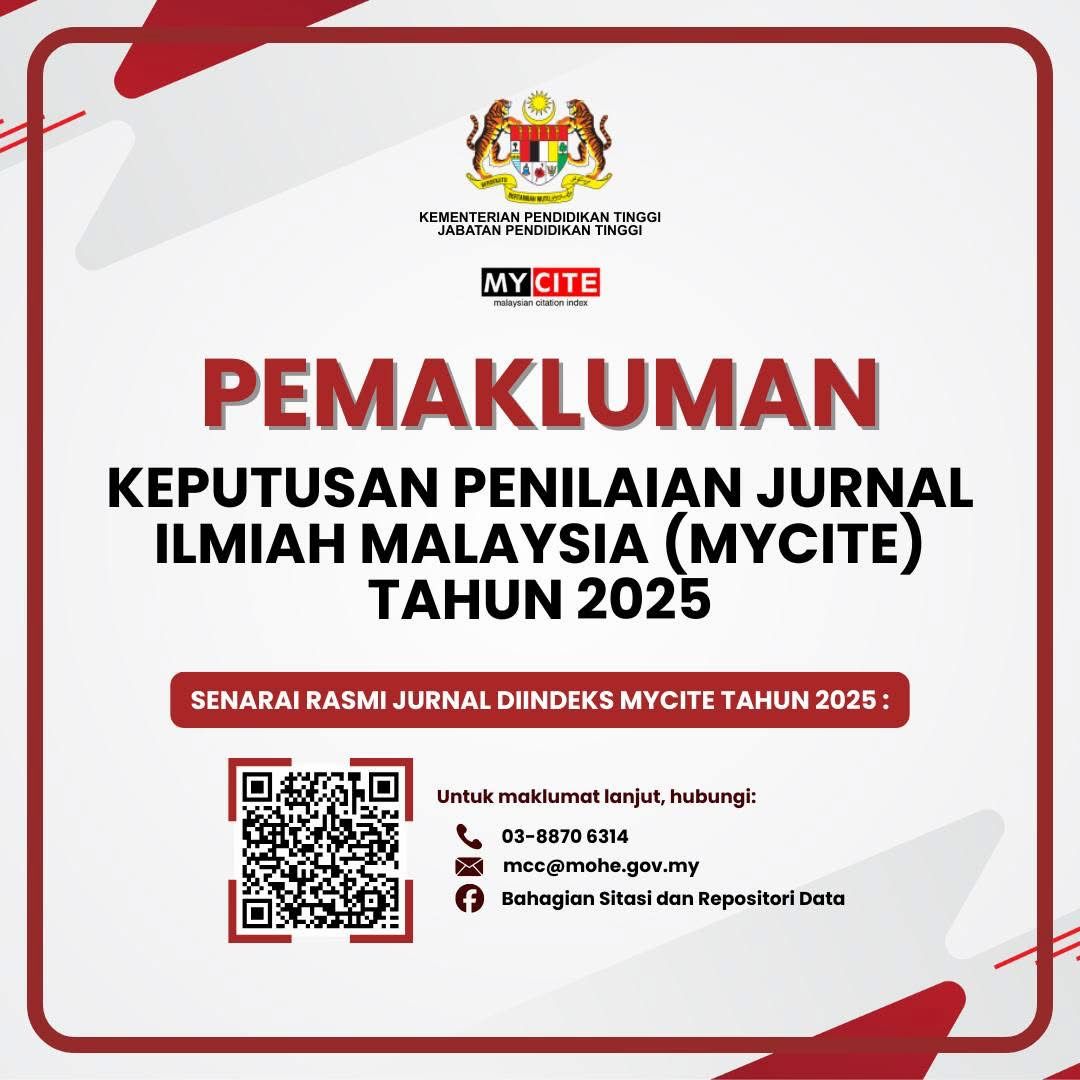The Effectiveness of Digital Board Advertising Along MRT Railway Lines in Kuala Lumpur: A Conceptual Study on Motorist Engagement
DOI:
https://doi.org/10.24191/idealogy.v10i2.886Abstract
Digital Out-of-Home (DOOH) advertising has become a dominant medium in urban environments, particularly when integrated with public infrastructure such as Mass Rapid Transit (MRT) systems. In Kuala Lumpur, digital boards mounted along MRT railway lines and stations are prominently visible to motorists on major roads and highways. These boards aim to capture the attention of thousands of drivers and passengers each day. This conceptual study examines the effectiveness of such advertising from the perspective of road users rather than commuters. It investigates how visibility, message clarity, motion design, environmental distractions, and travel conditions impact brand recall, perception, and behavioral influence. A conceptual framework is proposed to guide future empirical research and inform advertising strategy aimed at motorist audiences in urban transit corridors.
Keywords: Advertising, Mass Rapid Transit, Digital Board, Commuters, Motorist
References
Camarero, C., Garrido, M. J., & Vicente, E. (2020). Components of effective digital signage advertising: A review. Journal of Advertising Research, 60(2), 192–205.
Chan, S. H., & Fung, C. Y. (2021). Contextual targeting in DOOH: The role of environmental and content alignment. Marketing Intelligence & Planning, 39(3), 345–359.
Smart, D. T., & Lam, S. K. (2009). Captive audience and advertising receptiveness in public transport. Journal of Consumer Behaviour, 8(4), 241–252.
Wedel, M., & Pieters, R. (2008). Eye tracking for visual marketing. Foundations and Trends® in Marketing, 1(4), 231–320.
Young, M. S., Mahfoud, J. M., & Stanton, N. A. (2009). Roadside advertising: Distraction or reassurance? Applied Ergonomics, 40(1), 106–114.
Beijer, D., Smiley, A., & Eizenman, M. (2004). Observed driver glance behavior at roadside advertising signs. Transportation Research Record, 1899(1), 96–103.
Malaysian Highway Authority. (2021). Traffic Volume and Flow Report 2021. Kuala Lumpur: MHA Publications.
Downloads
Published
Issue
Section
License
Copyright (c) 2025 UiTM Press

This work is licensed under a Creative Commons Attribution-NonCommercial-NoDerivatives 4.0 International License.
UiTM Press (the Publisher) has agreed to publish the undersigned author’s paper in Idealogy Journal. The agreement is contingent upon the fulfilment of a number of requirements listed below.
1. The undersigned author warrants that the paper entitled below is original, that it is not in any way libellous or unlawful in Malaysia, that it does not infringe any copyright or other proprietary right. The undersigned hereby represents and warrants that he/she is the author of the paper, except for material that is clearly identified as to its original source, with permission notices from the copyright owners where required. The undersigned represents that he/she has the power and authority to sign and execute this agreement.
2. The undersigned author warrants that the paper entitled below has not been published elsewhere, and also it will not be submitted anywhere else for publication prior to acceptance/rejection by this Journal.
3. By submitting the paper entitled below, the undersigned author agrees to transfer the rights to publish and distribute the paper in an international e-journal (entitled above) to Publisher.
4. The undersigned author agrees to make a reasonable effort to conform to Publisher's submission guidelines and to liaise with the editor to ensure that the requirements of these guidelines are met to a reasonable degree.
5. The corresponding author signs for and accepts responsibility for releasing this material on behalf of any and all coauthors. This agreement is to be signed by at least one of the authors who has obtained the assent of the co-author(s) where applicable. After submission of this agreement signed by the corresponding author, changes of authorship or in the order of the authors listed will not be accepted.



